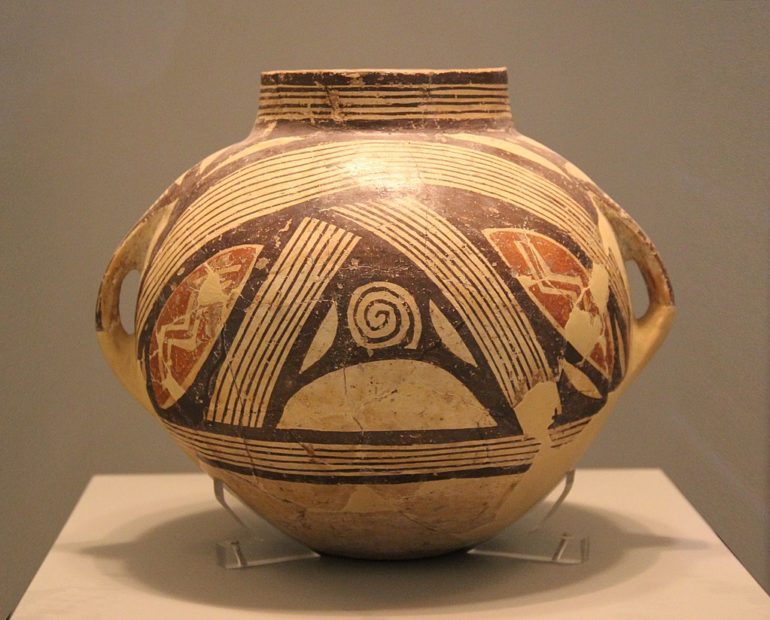A brand new radiocarbon dating technique, developed by the University of Bristol has been used for the first time on traces of milk fats in pieces of pottery found in London. Up until the breakthrough, only organic material could be dated using so-called 14C-dating.
Before the discovery, pottery could only be dated by dating organic matter in the same archaeological site, and subsequently by comparing it to other similar eartware. The Bristol researchers have now been able to extract fatty acids, found in minimal traces inside the pottery to gain sufficiently precise knowledge of the fabrication date of the pottery itself.
The technique can be used to date new finds, but also to confirm hundreds of important earlier ones for which a precise dating was still missing.
Read more at Heritage Daily.

